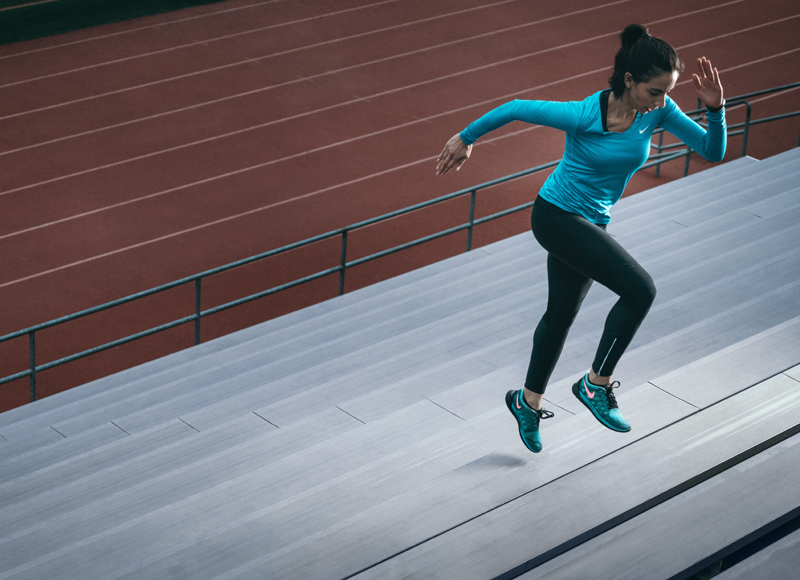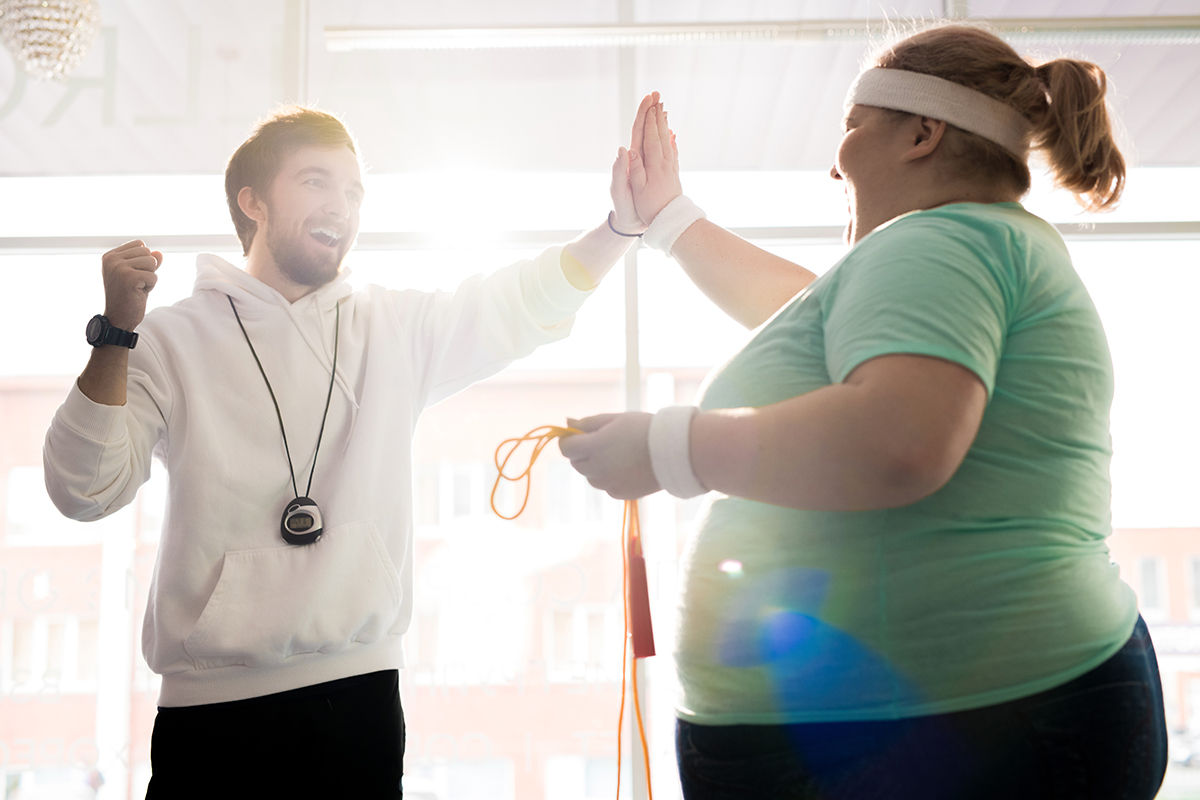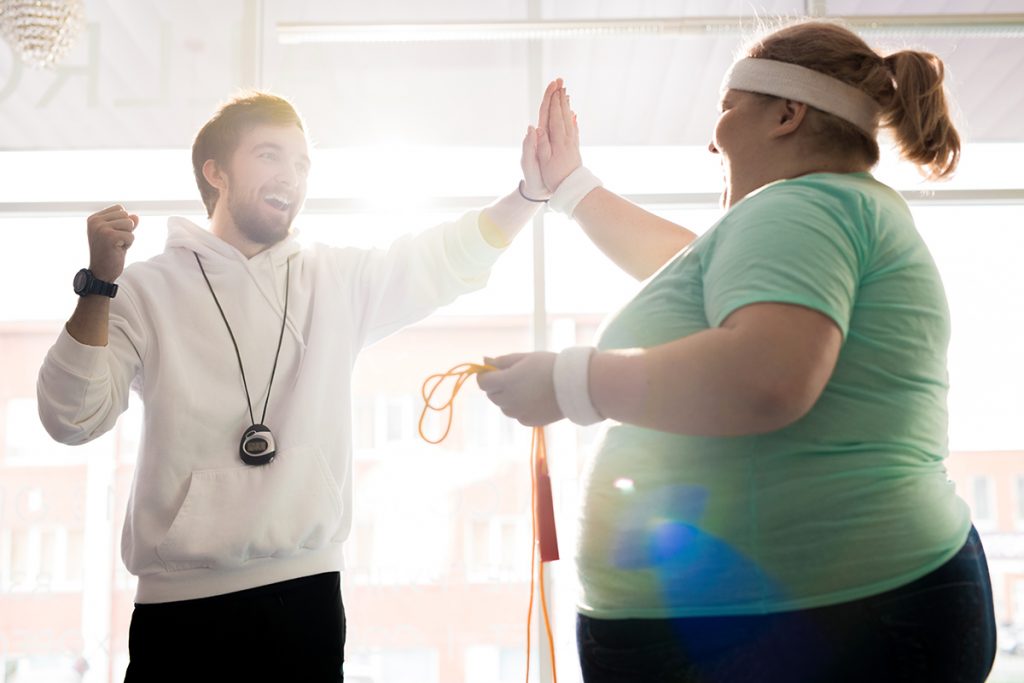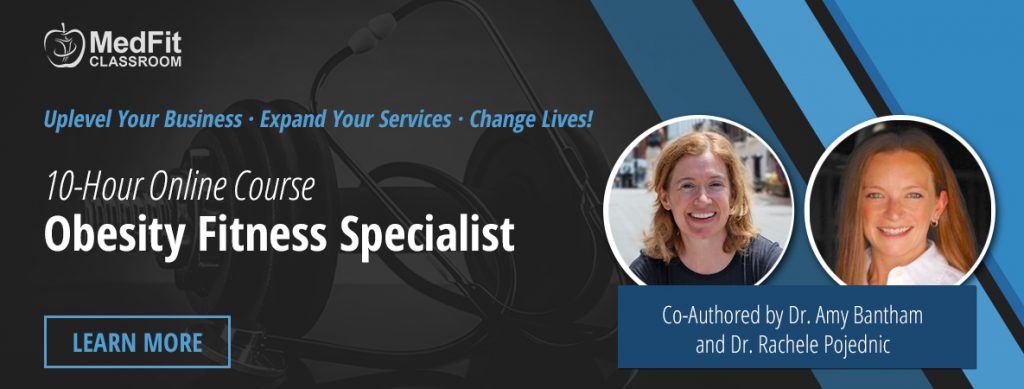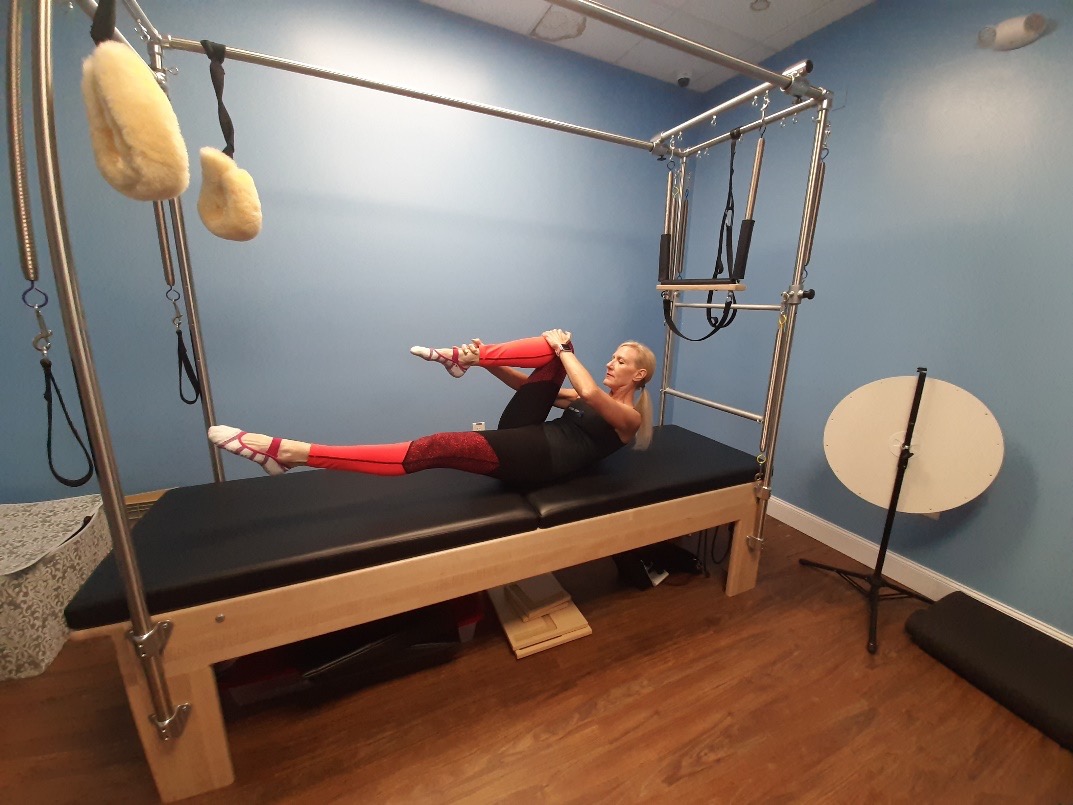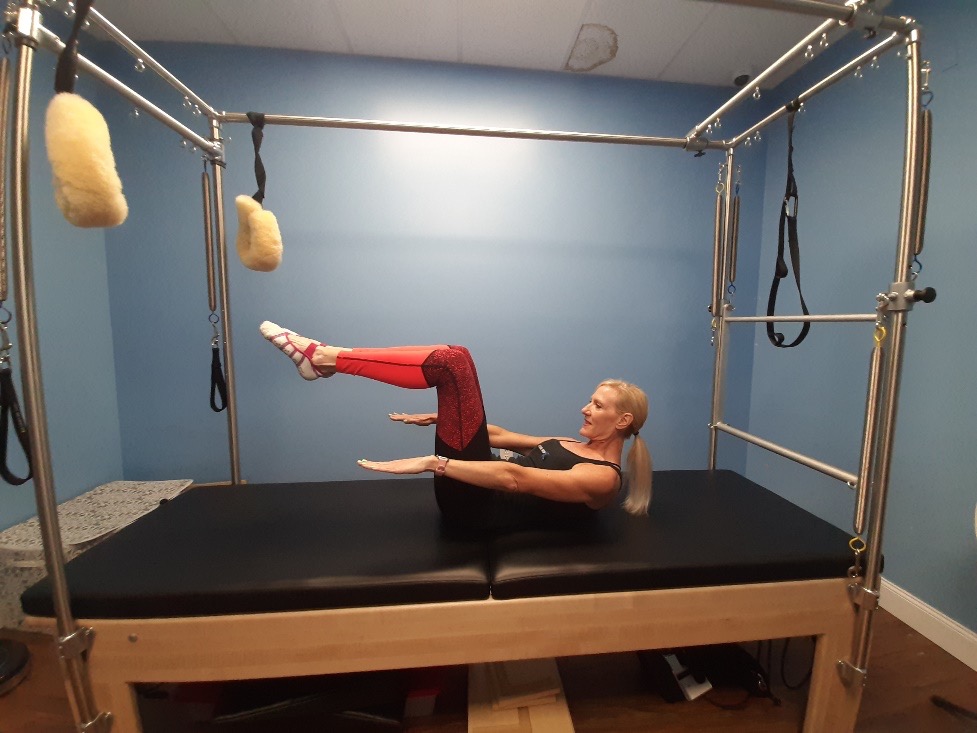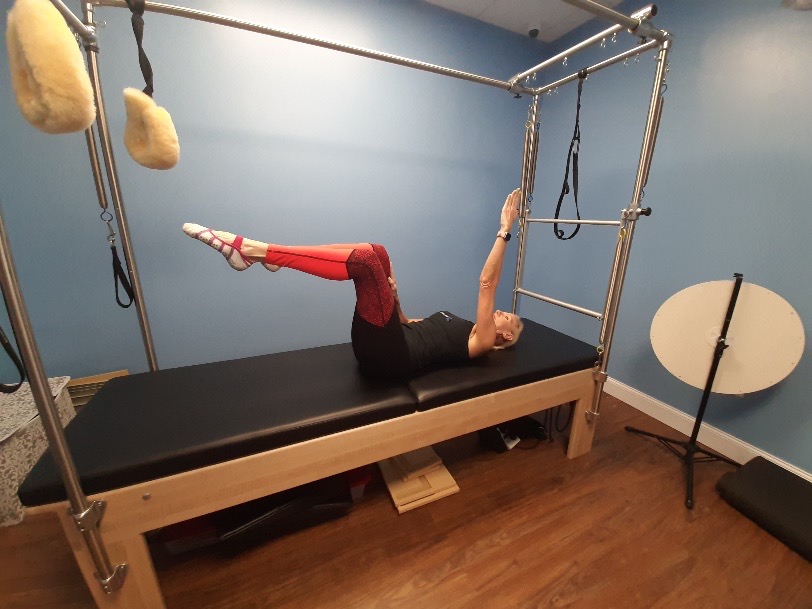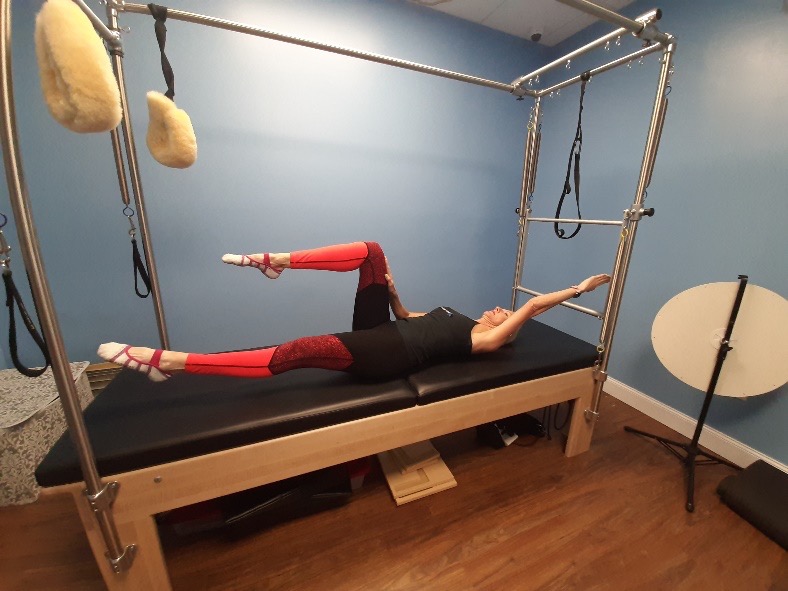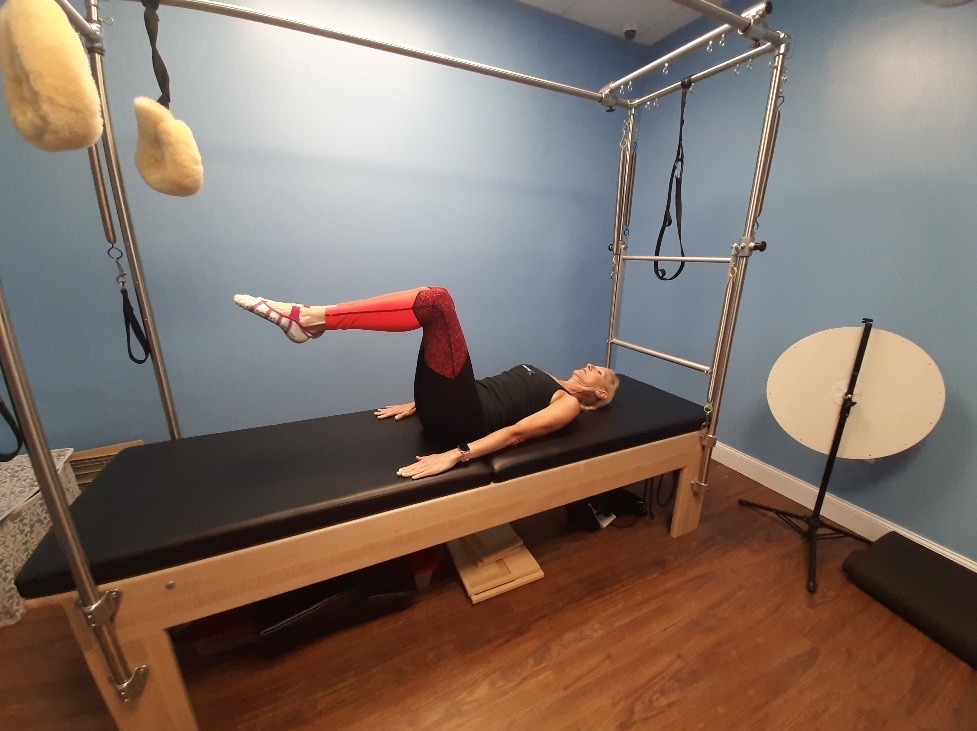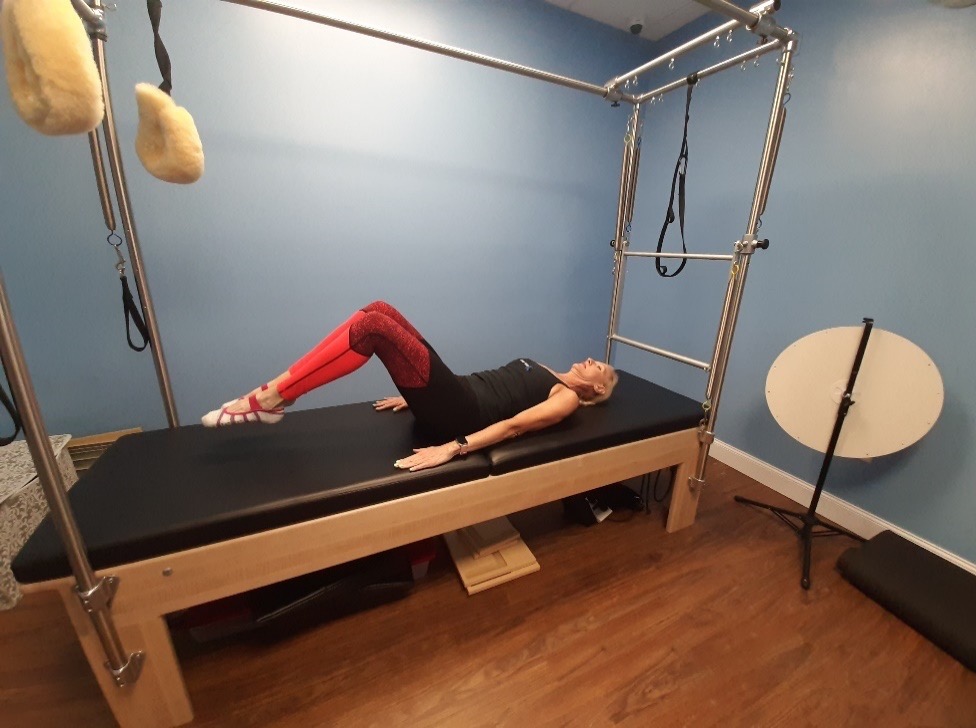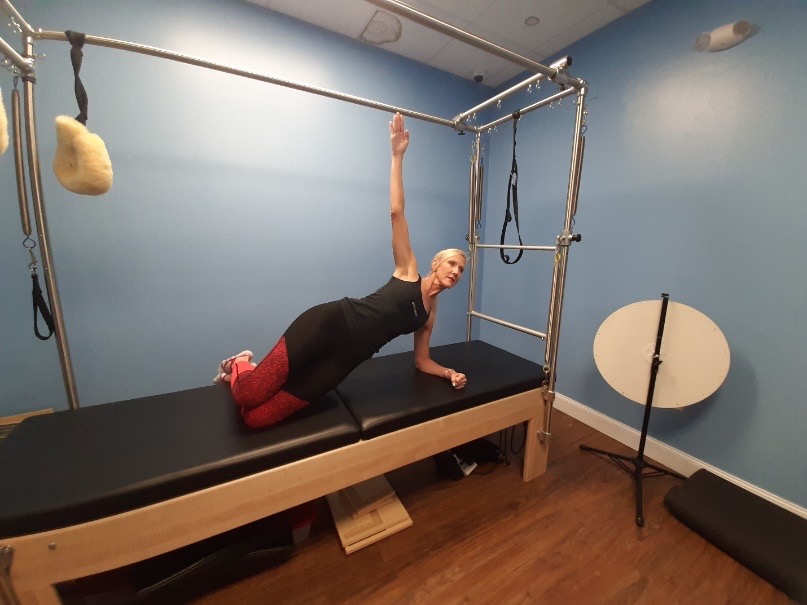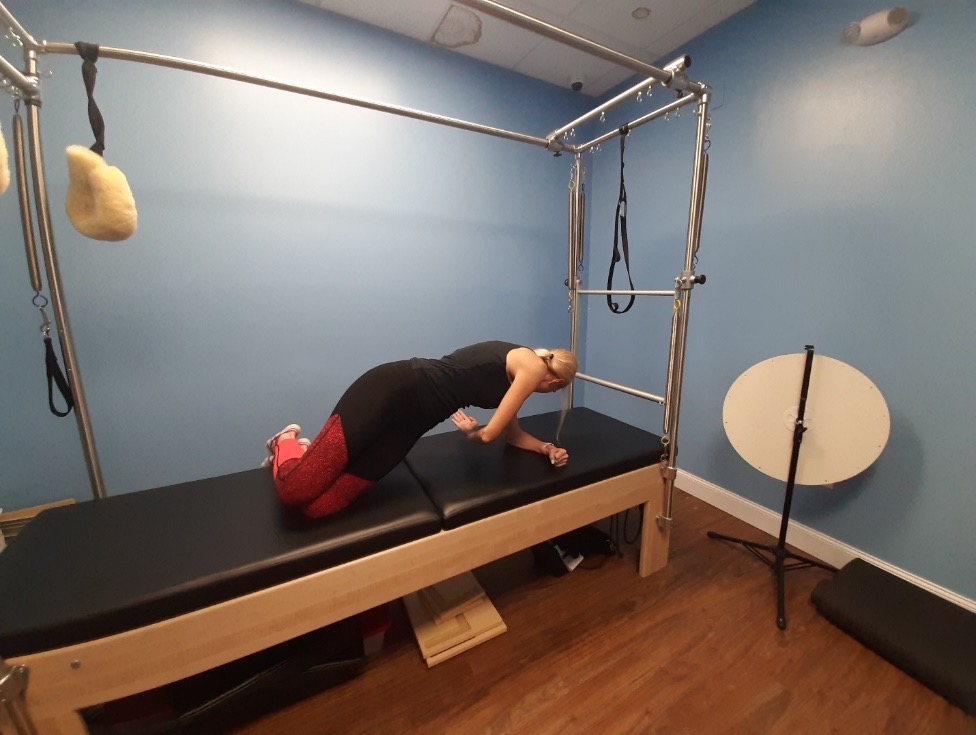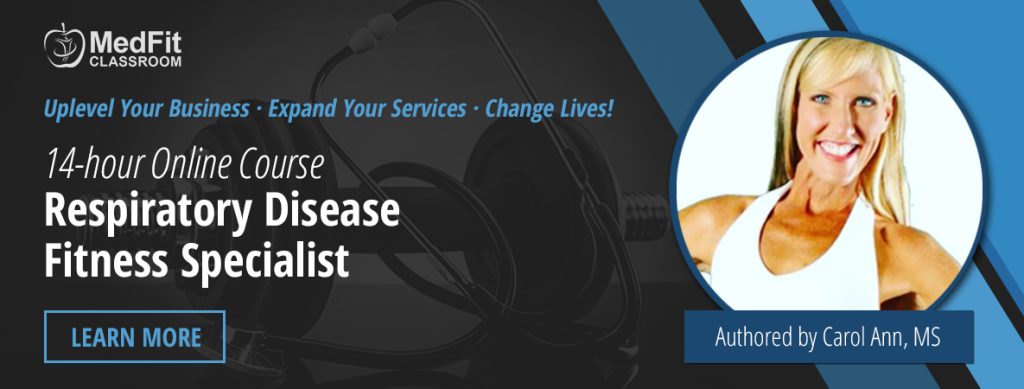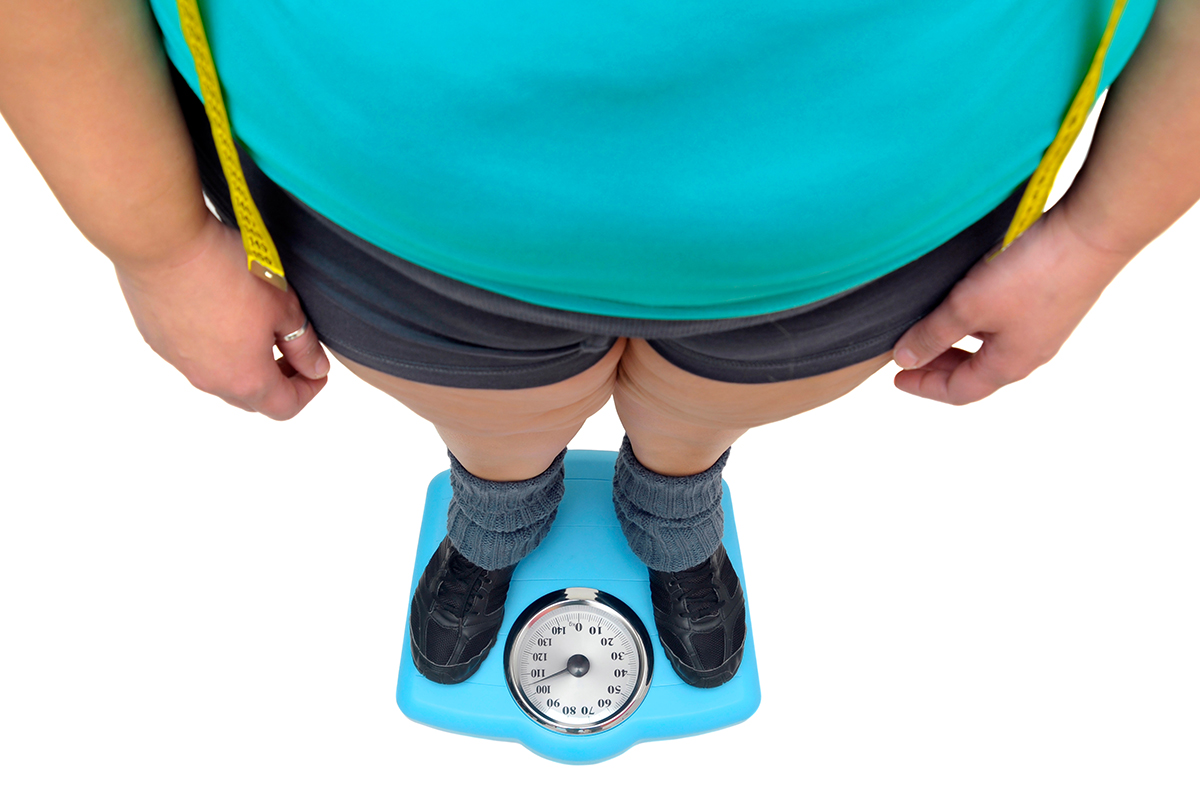You Are Not Meant to Do This Alone: Why Coaches Must Advocate With (Not Just For) Their Clients
Let’s get one thing straight: you’re not supposed to know everything.
If you’re a wellness professional, a coach, or a trainer who’s ever felt the pressure to have all the answers—pause right there. The most powerful thing you can do for your clients living with chronic conditions, complex needs, or layered life stress isn’t giving them the perfect workout plan. It’s giving them a team.
- A tribe.
- A wellness village.
- A network of practitioners who care as much as you do.
That’s where advocacy meets real results.
Because the more we partner with physicians, physiotherapists, mental health providers, dietitians, chiropractors, pelvic floor specialists—and yes, even energy workers or doulas—the more we can truly offer whole-person care. This is not just good ethics. This is smart, scalable, and sustainable business.
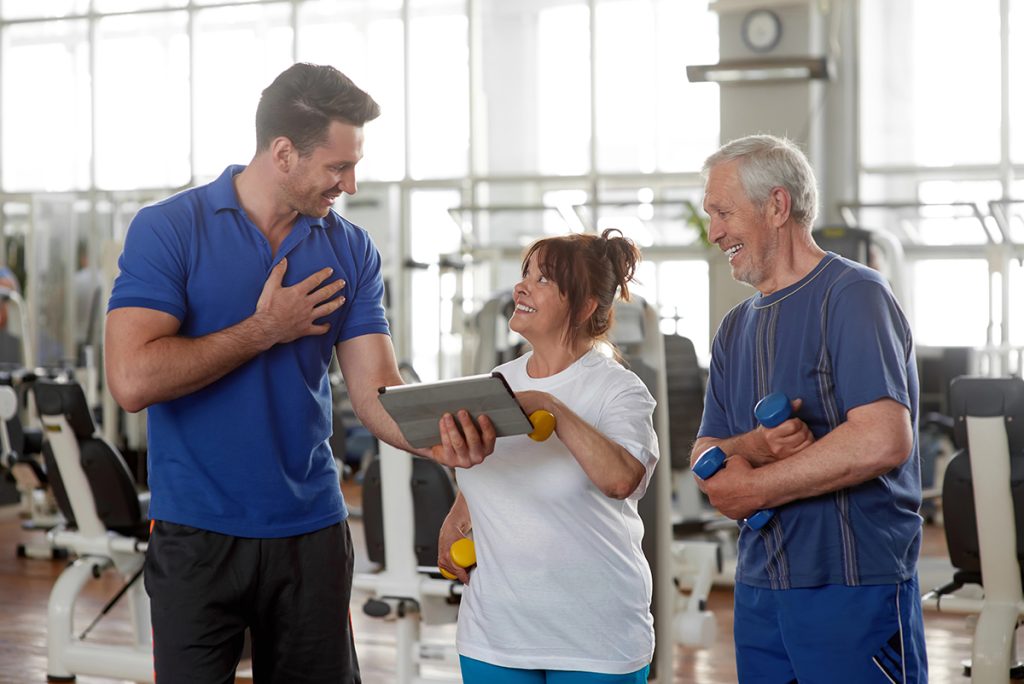
Five Reasons This Approach Works Brilliantly for Clients
Layered Support = Deeper Healing
One coach can’t address every facet of a chronic condition—but a collaborative circle can. From movement to medication, it’s all covered.
Increased Safety and Confidence
Clients feel safer and more motivated when they know their care providers are communicating and aligned—not contradicting each other.
Reduces “Health Overwhelm”
Navigating appointments, jargon, and options alone is exhausting. A coach-led village offers clarity and calm in the chaos.
Personalization Without Pressure
Referring out doesn’t mean you’re stepping back—it means you’re curating a smarter, more personalized, and more powerful plan of action.
Empowerment Instead of Dependency
The goal isn’t to keep clients needing us—it’s to help them thrive. A team model teaches self-advocacy, not dependency.
Top 10 Reasons Referral Networks Build Profit (Yes, Profit!)
- Increased Referrals Back: Practitioners who trust you, refer to you. Period.
- Higher Retention Rates: Clients stay longer when they feel supported beyond the gym.
- Program Expansion: Collaborate on workshops, health talks, or shared services.
- Reputation Boost: You become known as the connector—a go-to expert with integrity.
- Cross-Promotion: Shared newsletters, blogs, podcasts, and campaigns reach more eyes.
- Client Outcomes Improve: Better results = more testimonials, more word-of-mouth.
- You Can Charge More: You’re offering comprehensive care, not just training.
- Reduces Burnout: You’re not carrying it all alone. You share the load.
- Loyalty from Clients and Partners: They remember who helped build their wellness web.
- Opens Doors: Speaking gigs, funding opportunities, strategic collaborations—they all begin with being trusted and known.
Fyonna Vanderwerf is an award-winning educator, Ironman finisher, and inclusive fitness coach with over 25 years of experience transforming how wellness is delivered. At Bees Knees Wellness Muskoka, she leads a client-centric, compassion-first approach where collaboration is non-negotiable and community is everything. Whether in-person, virtually, or on retreat, Fyonna helps clients and fellow coaches build strength, energy, and self-trust—one empowered step at a time.

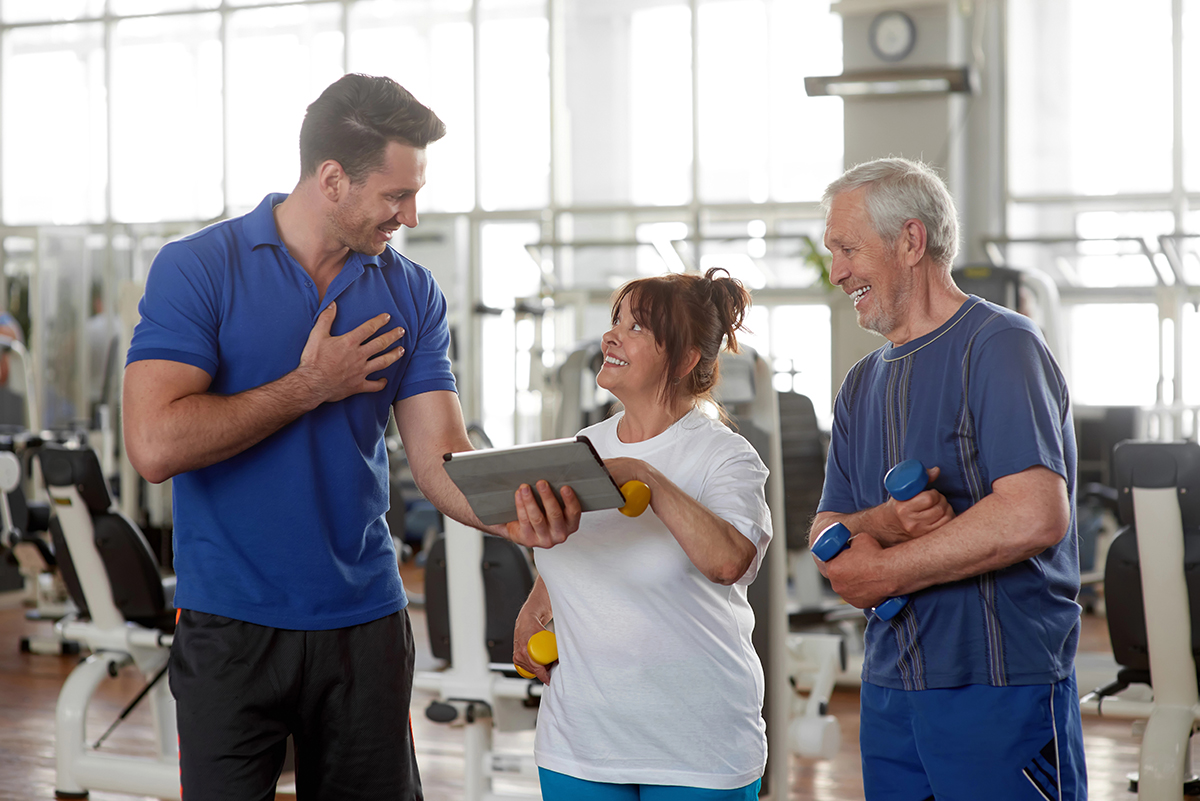
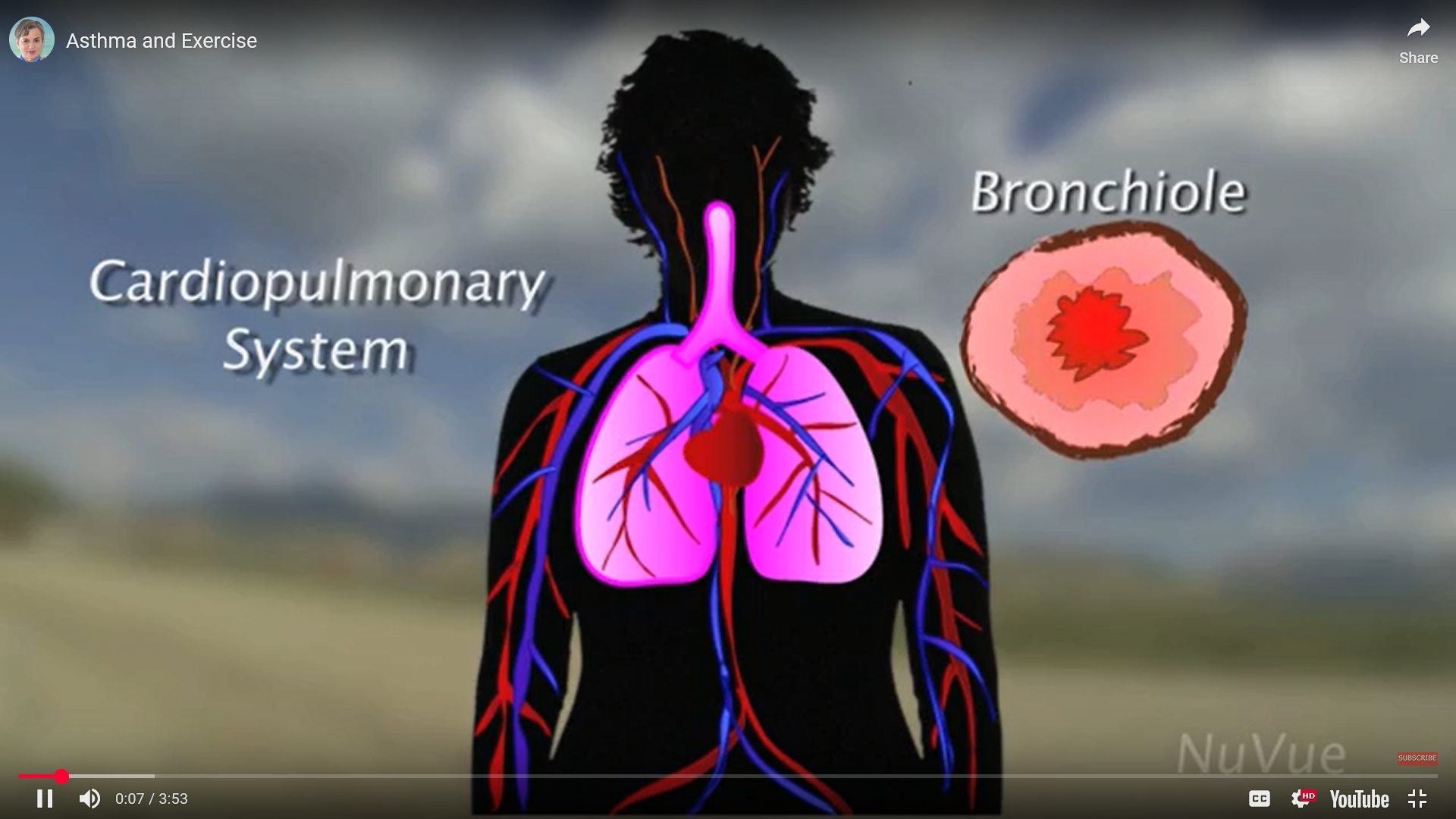
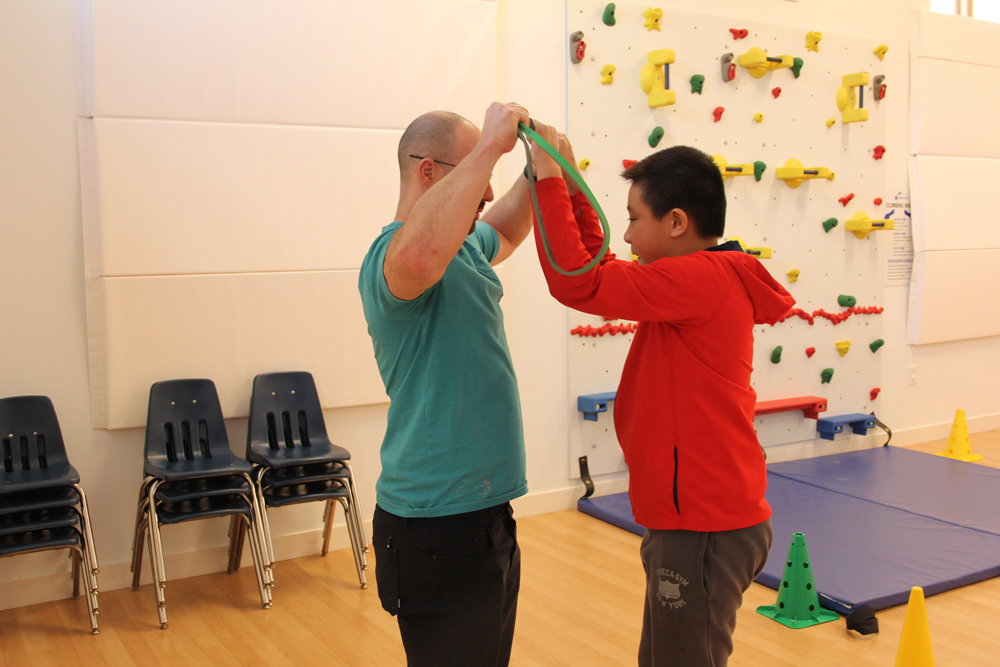
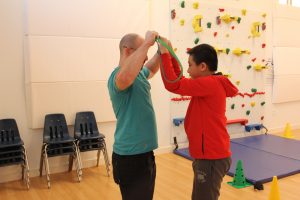 The above is a standard sentence during my PAC Profile assessments and it carries with it powerful proactivity. I just also serendipitously learned that “proactivity” is a real, bona-fide word. When we teach movement, it makes sense to demonstrate first. Explaining to anybody a physical activity they’ve never performed, or performed with questionable technique, will skew towards wheels-fall-off territory early. Proactive practices give us and our athletes more opportunity sooner, and reduce the need to backtrack.
The above is a standard sentence during my PAC Profile assessments and it carries with it powerful proactivity. I just also serendipitously learned that “proactivity” is a real, bona-fide word. When we teach movement, it makes sense to demonstrate first. Explaining to anybody a physical activity they’ve never performed, or performed with questionable technique, will skew towards wheels-fall-off territory early. Proactive practices give us and our athletes more opportunity sooner, and reduce the need to backtrack.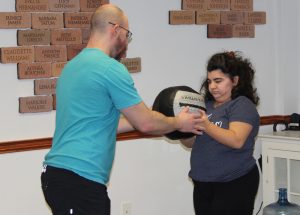 Efficient and effective coaching enables us to determine how best the athlete will learn a particular exercise. While it’s tempting to classify our athletes as “more visual” or “more kinesthetic” learners I’ve found that it is far better to approach this from an exercise-by-exercise basis. Some of my athletes need physical prompting through the end range of an overhead press but can “get” a band row when I demonstrate pulling my arms back while standing parallel to them.
Efficient and effective coaching enables us to determine how best the athlete will learn a particular exercise. While it’s tempting to classify our athletes as “more visual” or “more kinesthetic” learners I’ve found that it is far better to approach this from an exercise-by-exercise basis. Some of my athletes need physical prompting through the end range of an overhead press but can “get” a band row when I demonstrate pulling my arms back while standing parallel to them.